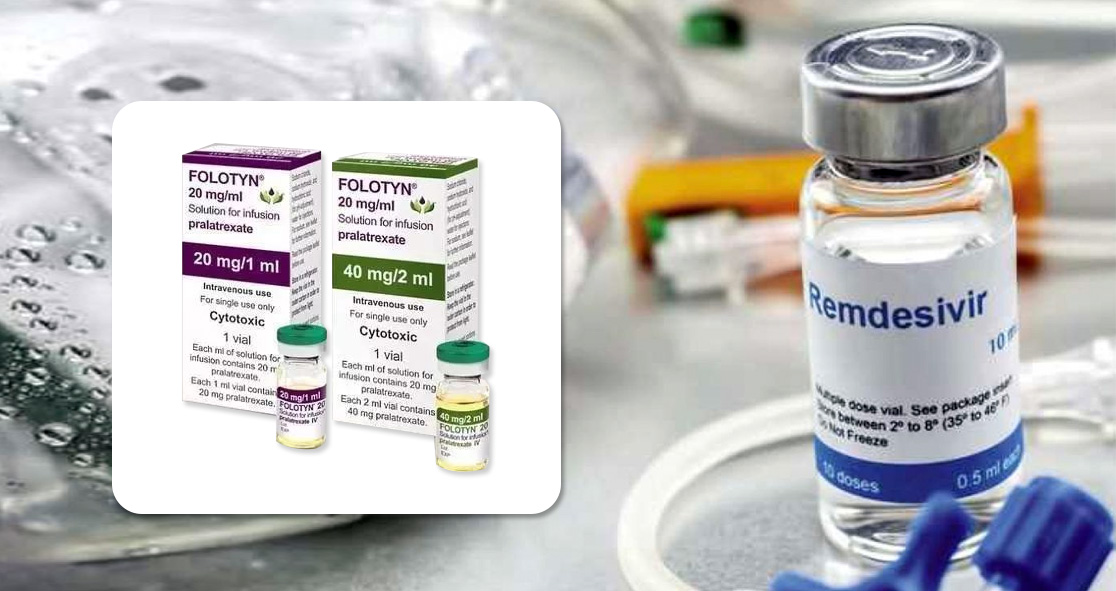Researchers at Shenzhen Institutes of Advanced Technology, China, looked at more than 1,900 existing drugs to simulate drug-virus interactions by using a variety of computational techniques.
They evaluated which drug might inhibit replication of the coronavirus, called SARS-CoV-2, which causes COVID-19.
Eventually, they discovered four drugs that can prevent replication of the virus, testing them in lab experiments.
The team found that two of the drugs, pralatrexate (Folotyn), a chemotherapy drug used for lymphoma, and azithromycin (Zithromax), an antibiotic, were successful at preventing replication of the virus.
Further experiments demonstrated that pralatrexate had stronger viral inhibition than remdesivir (Veklury), an antiviral drug developed by Gilead Sciences, which is currently the only FDA-approved drug for COVID.
The researchers published their findings in the journal PLOS Computational Biology.
The team noted that immediate use of pralatrexate for COVID patients is not guaranteed, but believe their approach could be useful in identifying drugs that can be repositioned or repurposed.
Study author Haiping Zhang said, “We have demonstrated the value of our novel hybrid approach that combines deep-learning technologies with more traditional simulations of molecular dynamics.”
The authors are working to develop more computational methods for developing novel treatment strategies to curb the ongoing pandemic.
They wrote, “Each computation method, with its underlying philosophy, often has its own strong and weak points, while a proper combination and modification of such methods could provide a better solution.”
“Previously, we have developed two deep learning-based models to estimate protein-ligand interactions: DFCNN and DeepBindBC,” they added. “DFCNN uses molecular vector data of protein pocket and ligand, instead of spatial information at interaction site, to estimate the protein-ligand pair as binding or non-binding with a probability value between 0 and 1. DeepBindBc estimates the binding possibility from atom contact information at interaction surface of a modeled 3D protein-ligand complex.”
“The input of DeepBindBC contains spatial information of the protein-ligand interface, thus it strongly complements DFCNN.”
A combination of azithromycin and hydroxychloroquine (Plaquenil), a malaria drug, had demonstrated efficacy in treating COVID earlier in the pandemic. However, subsequent studies found no strong evidence to show that either drug is effective in treating COVID.
Also, a large study conducted by the World Health Organization (WHO) failed to prove the efficacy of remdesivir in hospitalized COVID patients, prompting the health organization to issue a conditional recommendation against the use of the drug for COVID. The article originally appeared on Bio Space.























